Kyle Hatch
D5RL: Diverse Datasets for Data-Driven Deep Reinforcement Learning
Aug 15, 2024

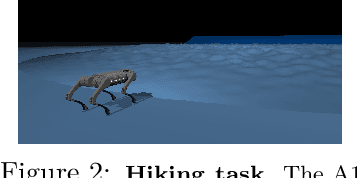

Abstract:Offline reinforcement learning algorithms hold the promise of enabling data-driven RL methods that do not require costly or dangerous real-world exploration and benefit from large pre-collected datasets. This in turn can facilitate real-world applications, as well as a more standardized approach to RL research. Furthermore, offline RL methods can provide effective initializations for online finetuning to overcome challenges with exploration. However, evaluating progress on offline RL algorithms requires effective and challenging benchmarks that capture properties of real-world tasks, provide a range of task difficulties, and cover a range of challenges both in terms of the parameters of the domain (e.g., length of the horizon, sparsity of rewards) and the parameters of the data (e.g., narrow demonstration data or broad exploratory data). While considerable progress in offline RL in recent years has been enabled by simpler benchmark tasks, the most widely used datasets are increasingly saturating in performance and may fail to reflect properties of realistic tasks. We propose a new benchmark for offline RL that focuses on realistic simulations of robotic manipulation and locomotion environments, based on models of real-world robotic systems, and comprising a variety of data sources, including scripted data, play-style data collected by human teleoperators, and other data sources. Our proposed benchmark covers state-based and image-based domains, and supports both offline RL and online fine-tuning evaluation, with some of the tasks specifically designed to require both pre-training and fine-tuning. We hope that our proposed benchmark will facilitate further progress on both offline RL and fine-tuning algorithms. Website with code, examples, tasks, and data is available at \url{https://sites.google.com/view/d5rl/}
Efficient Imitation Learning with Conservative World Models
May 21, 2024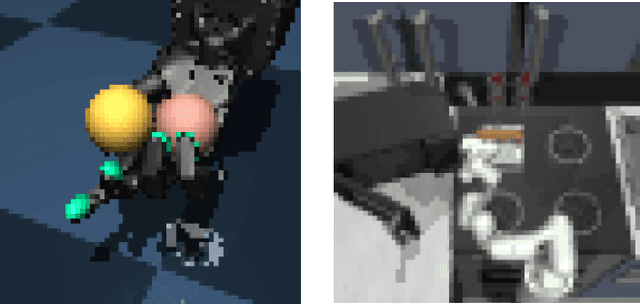
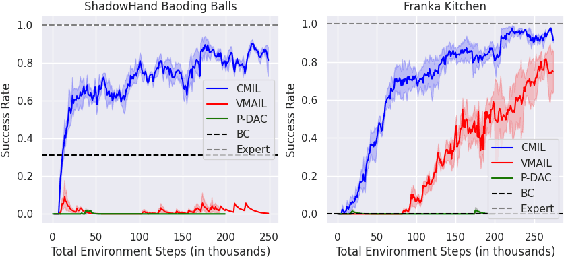
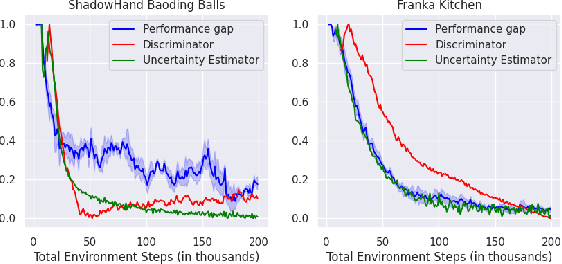
Abstract:We tackle the problem of policy learning from expert demonstrations without a reward function. A central challenge in this space is that these policies fail upon deployment due to issues of distributional shift, environment stochasticity, or compounding errors. Adversarial imitation learning alleviates this issue but requires additional on-policy training samples for stability, which presents a challenge in realistic domains due to inefficient learning and high sample complexity. One approach to this issue is to learn a world model of the environment, and use synthetic data for policy training. While successful in prior works, we argue that this is sub-optimal due to additional distribution shifts between the learned model and the real environment. Instead, we re-frame imitation learning as a fine-tuning problem, rather than a pure reinforcement learning one. Drawing theoretical connections to offline RL and fine-tuning algorithms, we argue that standard online world model algorithms are not well suited to the imitation learning problem. We derive a principled conservative optimization bound and demonstrate empirically that it leads to improved performance on two very challenging manipulation environments from high-dimensional raw pixel observations. We set a new state-of-the-art performance on the Franka Kitchen environment from images, requiring only 10 demos on no reward labels, as well as solving a complex dexterity manipulation task.
MOTO: Offline Pre-training to Online Fine-tuning for Model-based Robot Learning
Jan 06, 2024Abstract:We study the problem of offline pre-training and online fine-tuning for reinforcement learning from high-dimensional observations in the context of realistic robot tasks. Recent offline model-free approaches successfully use online fine-tuning to either improve the performance of the agent over the data collection policy or adapt to novel tasks. At the same time, model-based RL algorithms have achieved significant progress in sample efficiency and the complexity of the tasks they can solve, yet remain under-utilized in the fine-tuning setting. In this work, we argue that existing model-based offline RL methods are not suitable for offline-to-online fine-tuning in high-dimensional domains due to issues with distribution shifts, off-dynamics data, and non-stationary rewards. We propose an on-policy model-based method that can efficiently reuse prior data through model-based value expansion and policy regularization, while preventing model exploitation by controlling epistemic uncertainty. We find that our approach successfully solves tasks from the MetaWorld benchmark, as well as the Franka Kitchen robot manipulation environment completely from images. To the best of our knowledge, MOTO is the first method to solve this environment from pixels.
* This is an updated version of a manuscript that originally appeared at CoRL 2023. The project website is here https://sites.google.com/view/mo2o
Contrastive Example-Based Control
Jul 24, 2023Abstract:While many real-world problems that might benefit from reinforcement learning, these problems rarely fit into the MDP mold: interacting with the environment is often expensive and specifying reward functions is challenging. Motivated by these challenges, prior work has developed data-driven approaches that learn entirely from samples from the transition dynamics and examples of high-return states. These methods typically learn a reward function from high-return states, use that reward function to label the transitions, and then apply an offline RL algorithm to these transitions. While these methods can achieve good results on many tasks, they can be complex, often requiring regularization and temporal difference updates. In this paper, we propose a method for offline, example-based control that learns an implicit model of multi-step transitions, rather than a reward function. We show that this implicit model can represent the Q-values for the example-based control problem. Across a range of state-based and image-based offline control tasks, our method outperforms baselines that use learned reward functions; additional experiments demonstrate improved robustness and scaling with dataset size.
* This is an updated version of a manuscript that originally appeared at L4DC 2023. The project website is here https://sites.google.com/view/laeo-rl
Train Offline, Test Online: A Real Robot Learning Benchmark
Jun 01, 2023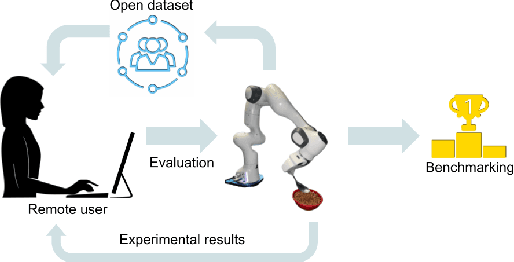



Abstract:Three challenges limit the progress of robot learning research: robots are expensive (few labs can participate), everyone uses different robots (findings do not generalize across labs), and we lack internet-scale robotics data. We take on these challenges via a new benchmark: Train Offline, Test Online (TOTO). TOTO provides remote users with access to shared robotic hardware for evaluating methods on common tasks and an open-source dataset of these tasks for offline training. Its manipulation task suite requires challenging generalization to unseen objects, positions, and lighting. We present initial results on TOTO comparing five pretrained visual representations and four offline policy learning baselines, remotely contributed by five institutions. The real promise of TOTO, however, lies in the future: we release the benchmark for additional submissions from any user, enabling easy, direct comparison to several methods without the need to obtain hardware or collect data.
Autonomous Attack Mitigation for Industrial Control Systems
Nov 03, 2021

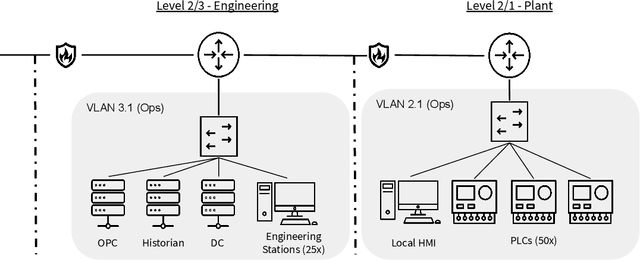

Abstract:Defending computer networks from cyber attack requires timely responses to alerts and threat intelligence. Decisions about how to respond involve coordinating actions across multiple nodes based on imperfect indicators of compromise while minimizing disruptions to network operations. Currently, playbooks are used to automate portions of a response process, but often leave complex decision-making to a human analyst. In this work, we present a deep reinforcement learning approach to autonomous response and recovery in large industrial control networks. We propose an attention-based neural architecture that is flexible to the size of the network under protection. To train and evaluate the autonomous defender agent, we present an industrial control network simulation environment suitable for reinforcement learning. Experiments show that the learned agent can effectively mitigate advanced attacks that progress with few observable signals over several months before execution. The proposed deep reinforcement learning approach outperforms a fully automated playbook method in simulation, taking less disruptive actions while also defending more nodes on the network. The learned policy is also more robust to changes in attacker behavior than playbook approaches.
Interpretable Local Tree Surrogate Policies
Sep 16, 2021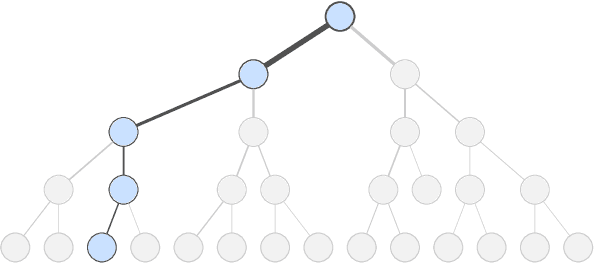
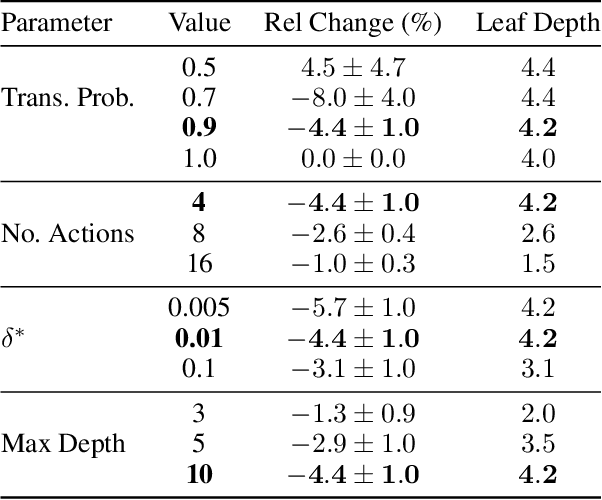
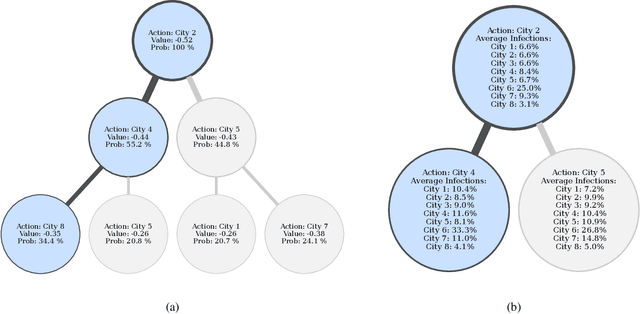
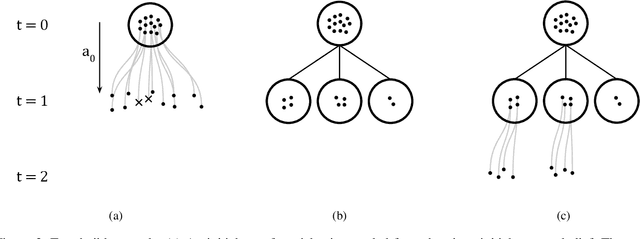
Abstract:High-dimensional policies, such as those represented by neural networks, cannot be reasonably interpreted by humans. This lack of interpretability reduces the trust users have in policy behavior, limiting their use to low-impact tasks such as video games. Unfortunately, many methods rely on neural network representations for effective learning. In this work, we propose a method to build predictable policy trees as surrogates for policies such as neural networks. The policy trees are easily human interpretable and provide quantitative predictions of future behavior. We demonstrate the performance of this approach on several simulated tasks.
Reinforcement Learning for Industrial Control Network Cyber Security Orchestration
Jun 09, 2021



Abstract:Defending computer networks from cyber attack requires coordinating actions across multiple nodes based on imperfect indicators of compromise while minimizing disruptions to network operations. Advanced attacks can progress with few observable signals over several months before execution. The resulting sequential decision problem has large observation and action spaces and a long time-horizon, making it difficult to solve with existing methods. In this work, we present techniques to scale deep reinforcement learning to solve the cyber security orchestration problem for large industrial control networks. We propose a novel attention-based neural architecture with size complexity that is invariant to the size of the network under protection. A pre-training curriculum is presented to overcome early exploration difficulty. Experiments show in that the proposed approaches greatly improve both the learning sample complexity and converged policy performance over baseline methods in simulation.
Obstacle Avoidance Using a Monocular Camera
Dec 03, 2020



Abstract:A collision avoidance system based on simple digital cameras would help enable the safe integration of small UAVs into crowded, low-altitude environments. In this work, we present an obstacle avoidance system for small UAVs that uses a monocular camera with a hybrid neural network and path planner controller. The system is comprised of a vision network for estimating depth from camera images, a high-level control network, a collision prediction network, and a contingency policy. This system is evaluated on a simulated UAV navigating an obstacle course in a constrained flight pattern. Results show the proposed system achieves low collision rates while maintaining operationally relevant flight speeds.
 Add to Chrome
Add to Chrome Add to Firefox
Add to Firefox Add to Edge
Add to Edge